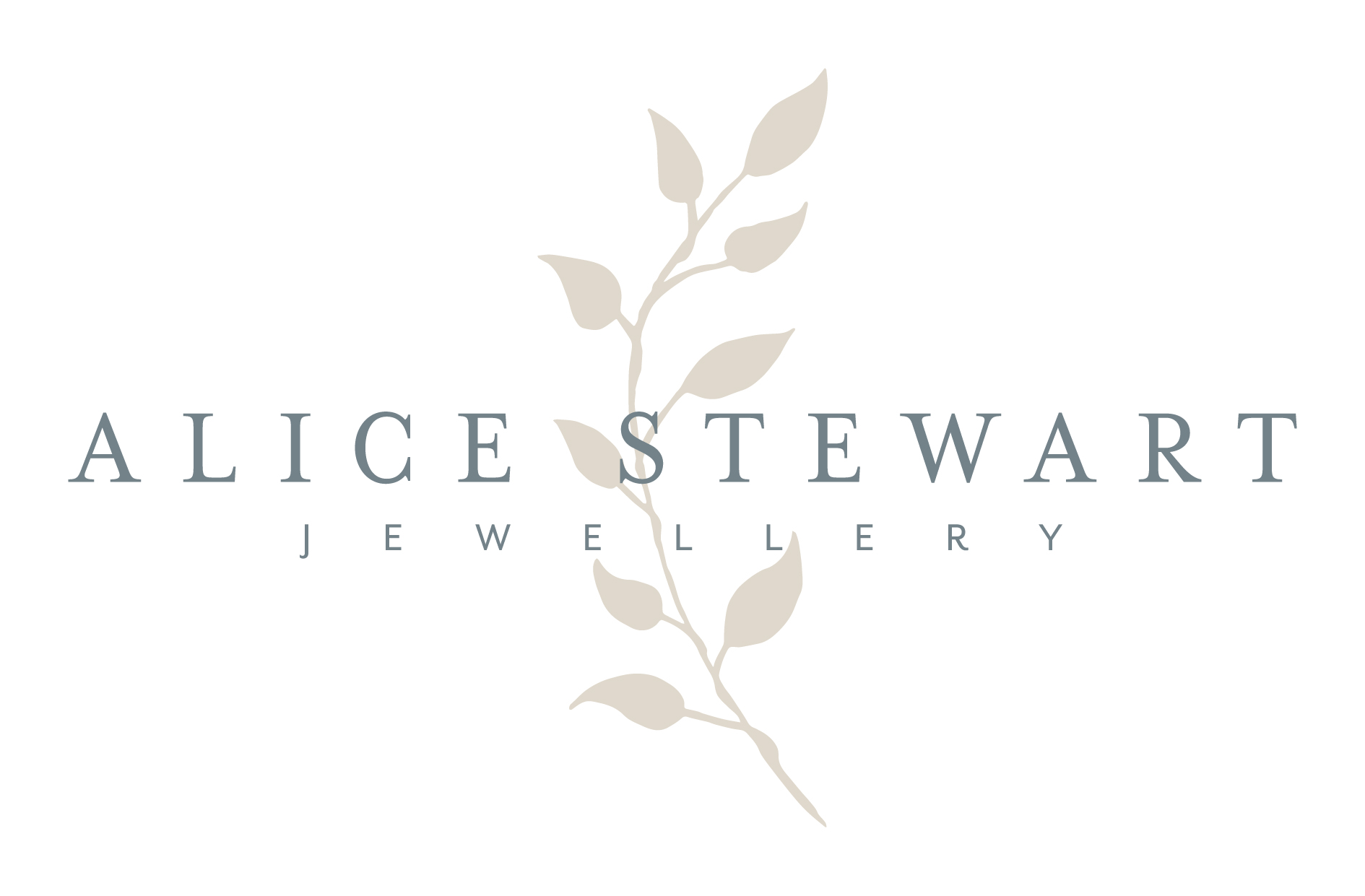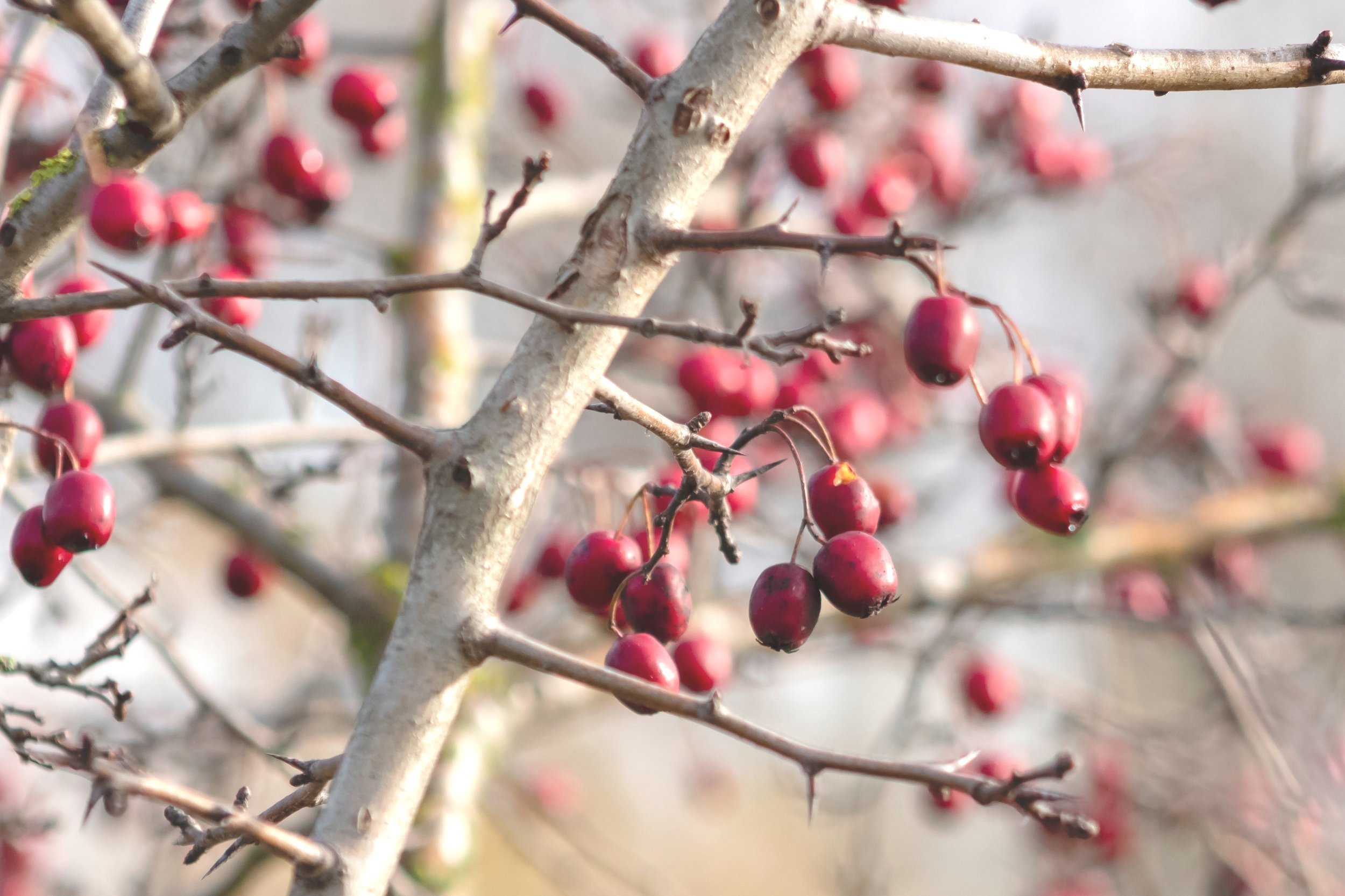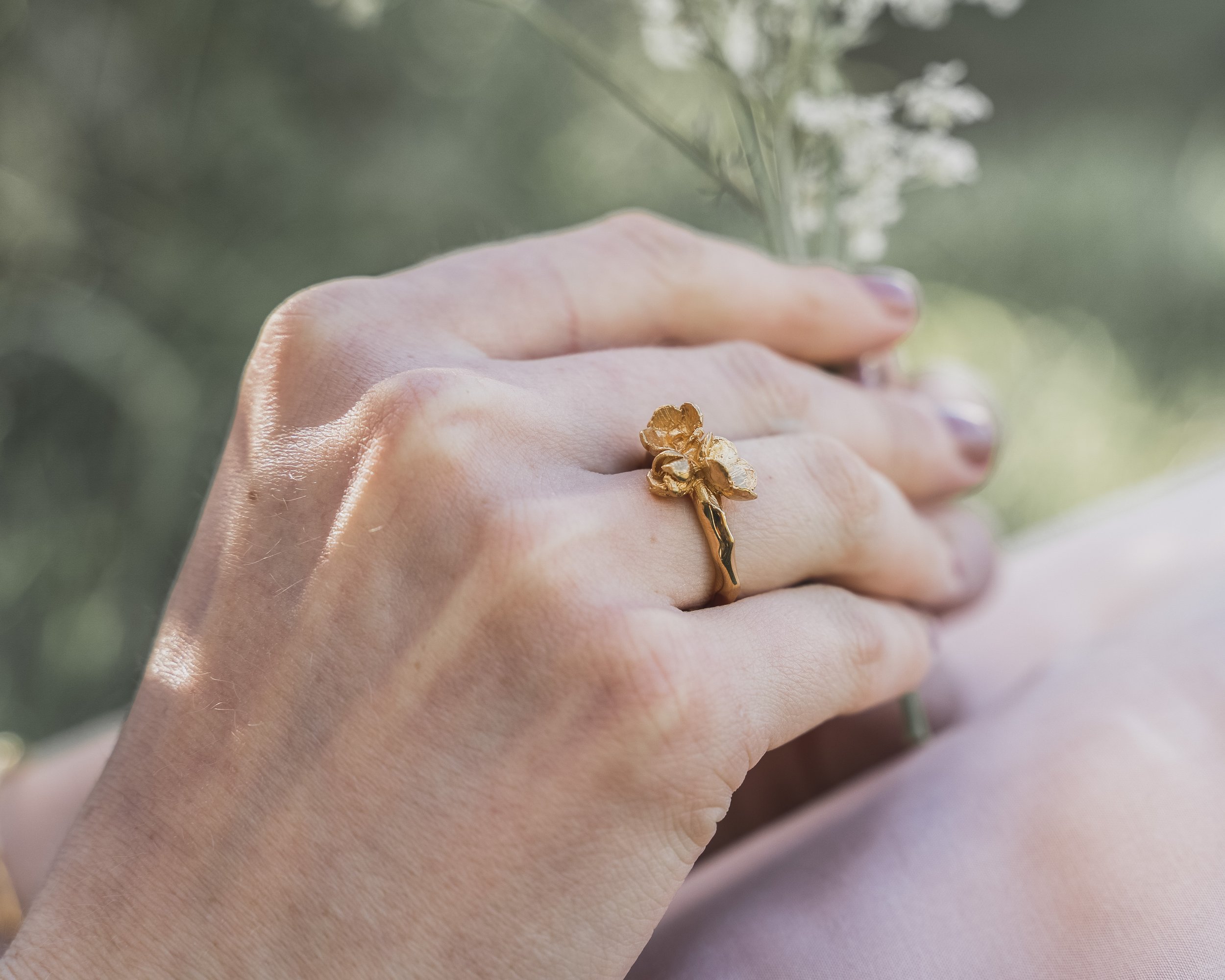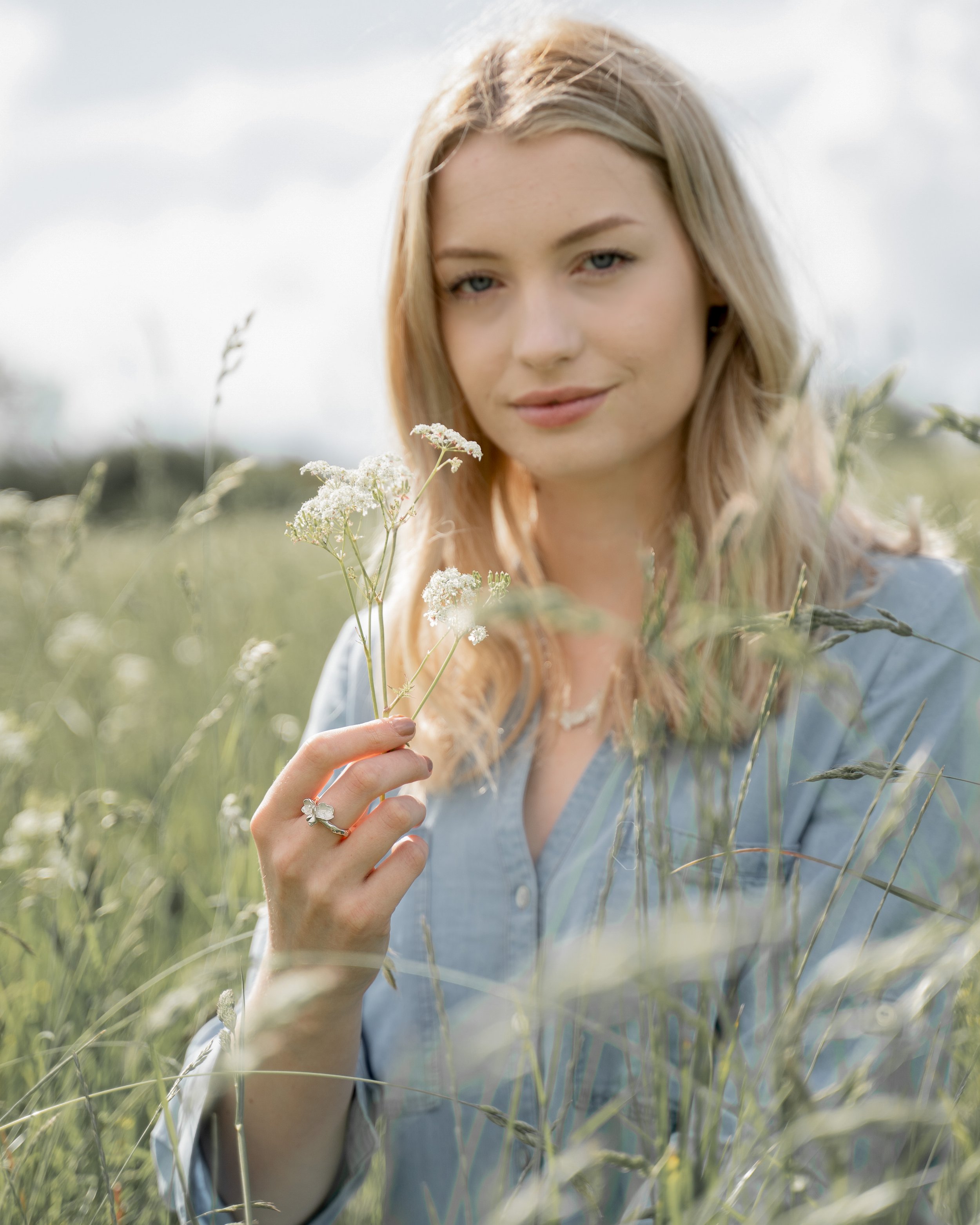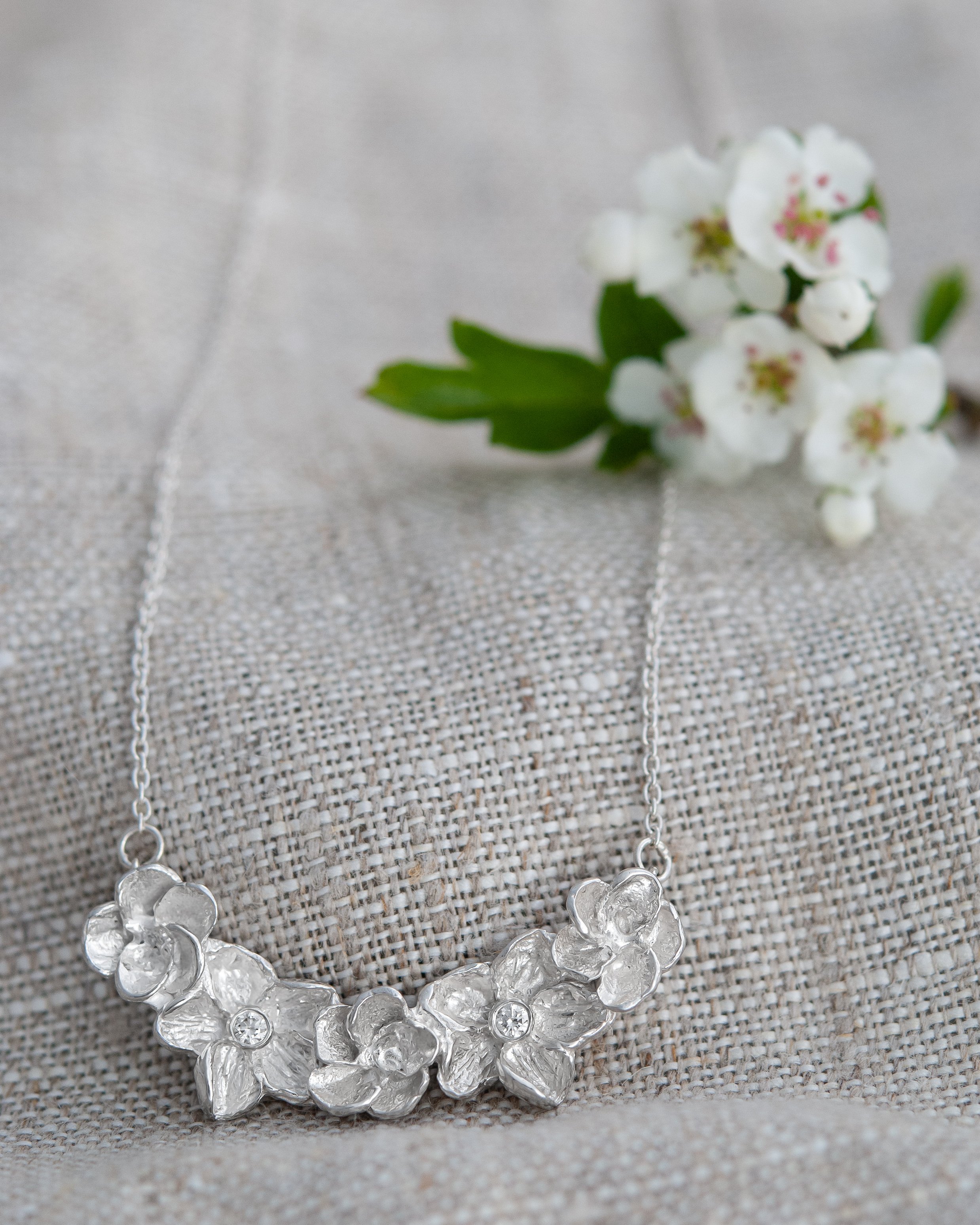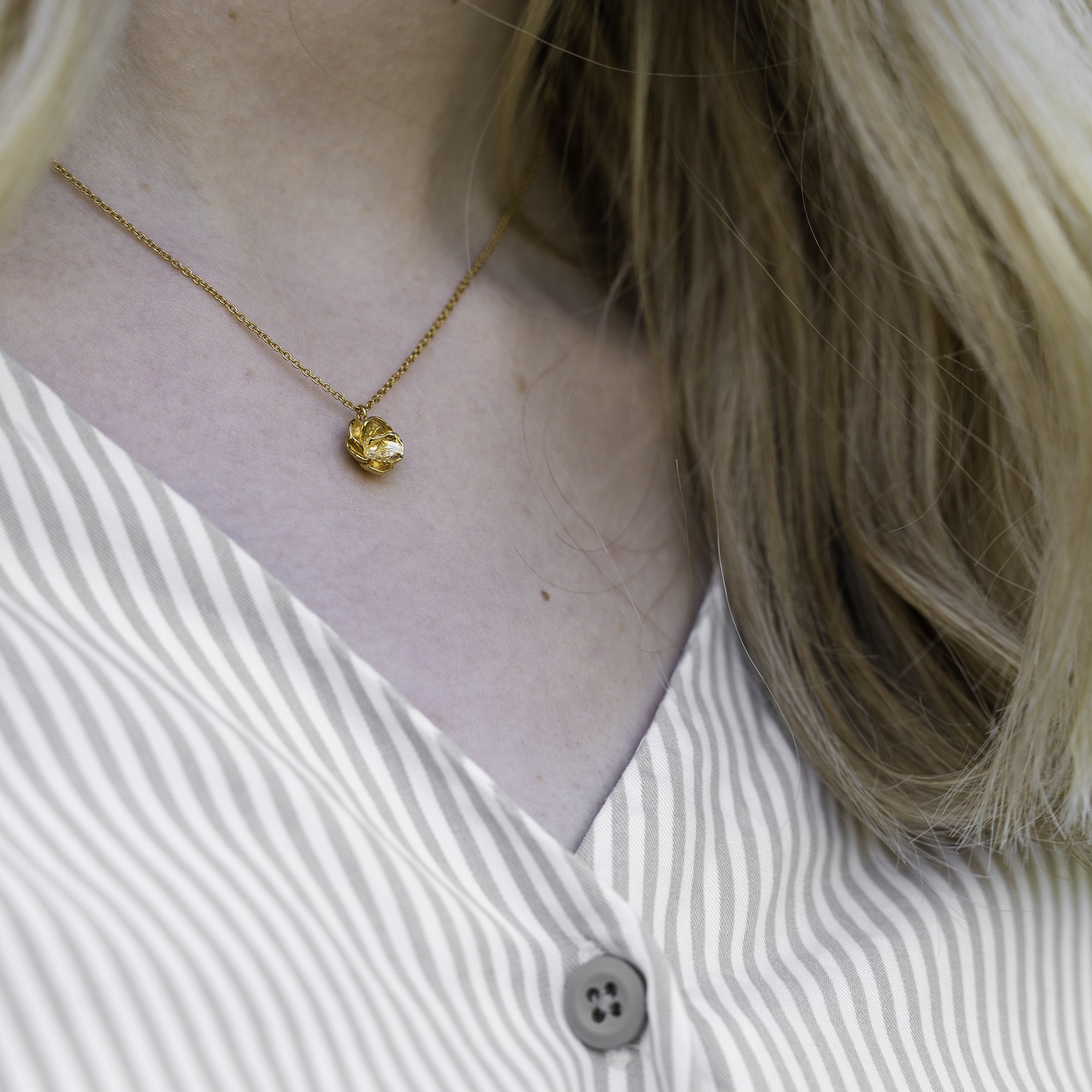Hawthorn Tree Symbolism & Mythology
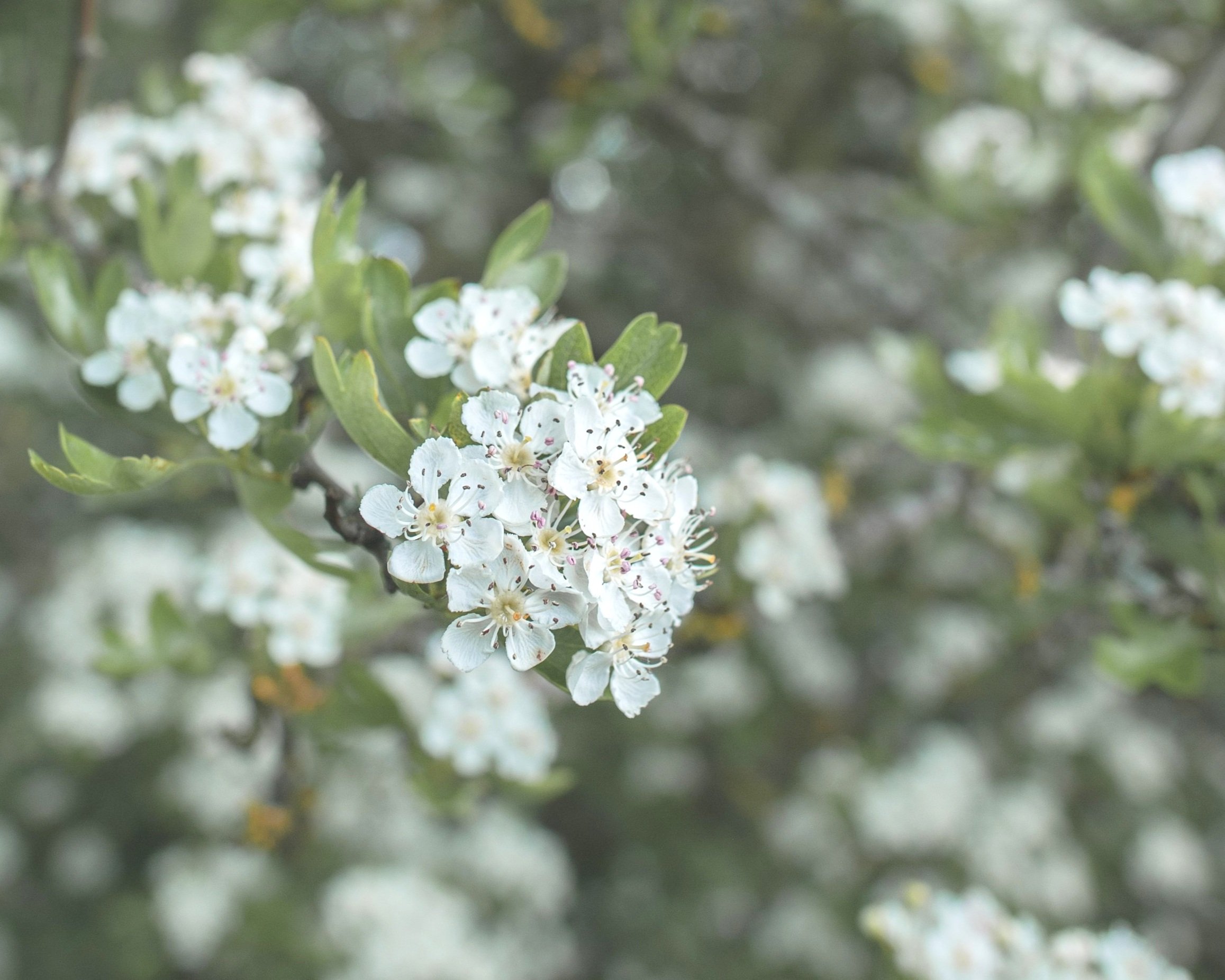
How to Identify Hawthorn
The hawthorn is a small tree with an abundance of foliage, growing on its thorny branches, which is wonderful for garden birds to safely make their nests. It is known for its longevity and can live for over 400 years. In March the Hawthorn tree’s leaf-buds open and pale green leaves appear.
During the autumn and winter, the flowers are replaced by red single-seeded berries (haws - an Old English term for its edible apple-like fruit), a living larder for blackbirds, thrushes and other fruit-eating birds, bugs and other wildlife. The berries bring vibrancy to an otherwise muted winter landscape as they nestle in hedgerows and wood borders across the UK waiting to burst into blossom as the temperatures slowly rise.
“While the ploughman near at hand
Whistles o’er the furrow’d land,
And the milkmaid singeth blithe,
And the mower whets his scythe,
And every shepherd tells his tale
Under the hawthorn in the dale.”
Hawthorn Tree Magic
The hawthorn is one of the most wild, enchanted and sacred of our native trees. Strongly associated with Beltane (which marks the mid point between the spring equinox and the summer solstice) and May Day festivities. Its leaves and flowers were used to adorn celebratory garlands as well as appearing in the wreath of the Green Man.
In Celtic mythology it is one of the most sacred trees and symbolises love, protection and fertility. Its blossoming marks the point at which spring turns into summer, and the old saying ‘Cast ne’er a clout ere May is out’ almost certainly refers to the opening of hawthorn flowers.
The hawthorn is a tree of springtime and the birth of new possibilities. The star-like blossoms of hawthorns are one of the last to bud in spring, a sign that warm weather has finally arrived as the cycle of life continues.
Lesson of the Hawthorn
“The blossoming of the Hawthorn marks the certain end of the dark days of winter and the return of the procreative forces of nature to the fullness of spring. The beautiful white flowers give cause for celebration of nature's capacity for renewed life and love, and for the wonders of lovemaking, conception, and childbirth. For the Celts there was no shame attached to these natural processes. They were revered and respected as an essential part of life, and as a sacred expression of the human capacity for love.”
- The Wisdom of Trees by Jane Gifford
Hawthorn Folklore
The hawthorn is believed to live under the protection of fairy realms, standing at the threshold to the Otherworld, so was treated with great care and respect. It was said to guard wells and springs and its beautiful flowers helped prayers reach heaven. People would ask for wishes to come true by hanging coloured ribbons as gifts to the tree spirits and fairies. Brides would collect hawthorn sprigs and flowers and wear the blossom in their hair or bouquet to symbolise their union of love.
Traditional Uses of Hawthorn
In Welsh, the hawthorn is known as Bara Caws (‘bread and cheese’), because that’s what the leaves are said to taste like.
Traditionally, hawthorn berries are used to make jellies and jam, along with wine and homemade schnapps to enjoy with cheese. They also make a great ketchup substitute. Do seek advise from an expert forager, however, as the seeds of the hawthorn should not be consumed.
Honeybees foraging on hawthorn blossom bring a harvest of dark amber and nutty hawthorn honey.
The hawthorn is also an effective barrier against livestock and humans thanks to its thickly twisted, thorny branches and its finely grained and tough timber can be used for engraving, carpentry, furniture, boxes and even boat parts.
Hawthorn Blossom Jewellery
Historically hawthorn was thought to be given as tokens of both friendship and love. It was said to help release blocked energy and stress, and allow for open-hearted communication. Wearing jewellery that connects with the seasons is a beautiful way to stay grounded in the ever changing cycles of the natural world were intrinsically part of.
Each piece has been originally hand carved by me, with careful attention to detail seen in the delicate qualities of the wild and untamed blossom inspired the the British hedgerows in Springtime.
One of my very first designs was the hawthorn ring, available in sterling silver, gold-plated silver or 9ct gold. Three hawthorn flowers in the stages of blossom sit timelessly on a subtle textured band.
The collection includes bracelets with hawthorn flowers set on a textured bangle as well as stud earrings and necklaces that come with or without a diamond at the centre of the flowers. If you see a piece of the hawthorn blossom jewellery that you’re drawn to, but would like to make it more personal by adding a special stone or altering the design so it’s totally unique to you, get in touch here and we can discuss design ideas.
